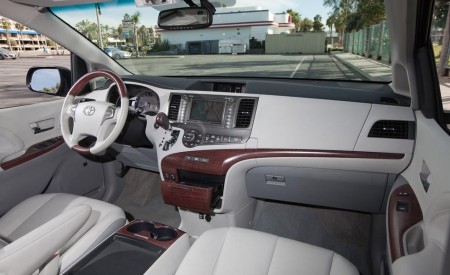It's crucial to be cautious when driving at night as it can be riskier than driving during the day. The lack of adequate lighting and limited visibility can result in severe traffic mishaps. To ensure safe driving, it's vital to bear in mind the following precautions for night driving.
Pay Attention to Changes in the Road Surface
Visibility is poor when driving at night, especially in environments without street lights such as suburbs or mountain roads. It's essential to pay close attention to changes in the road surface.
Learning to use the light and shade of the road surface and different reflections can help us judge road conditions. We should also learn to use color to judge road conditions and pay attention to any changes in the color of the road ahead.
Slow Down
Always slow down when driving at night. It's easier to see people in the distance when it's dark. Some vehicles coming at night will turn on high beams, which can cause obstacles for our eyes and lead to accidents. Slowing down is the best thing we can do while driving at night.
Don't Drive While Tired
Plan your driving time scientifically and reasonably, and take breaks as needed. Our continuous driving time should not exceed four hours, and each break should last at least 20 minutes.
Driving at night can be more fatiguing than during the day due to the human biological clock. When driving for a long time at night, it's best to have two people take turns driving and avoid driving in the early morning.
Pay Attention to the Distance Between Vehicles
When driving at night, our line of sight is not as wide as during the day. We should pay attention to appropriately increasing the following distance to prevent front and rear cars from colliding.
Under normal circumstances, a distance of more than 40 meters should be maintained at speeds of less than 70 kilometers per hour. When driving on the expressway, maintain the corresponding driving distance according to the speed per hour.
Make Sure the Vehicle is Well Lit
To ensure your safety while driving at night, make sure that the headlights and rear lights of your vehicle are in good working condition.
Adjust the angle of the headlights to ensure that they can illuminate the road ahead without blinding the driver of the oncoming vehicle. Regularly check and clean the rear lights to ensure they clearly show the situation behind the vehicle when driving at night.
Follow Traffic Rules
Obeying traffic rules is the basic premise to ensure driving safety, whether it's day or night. When driving at night, it's even more necessary to strictly abide by the traffic lights, not exceed the speed limit, and not change lanes illegally to avoid traffic accidents.
Avoid Distracted Driving
Driving at night can be distracting, and activities such as listening to music, making phone calls, and sending text messages can divert the driver's attention and increase the risk of accidents. Concentrate while driving at night, avoid turning on too many entertainment devices, and stay focused.
Enhance Vehicle Maintenance
The risk of driving at night is higher, so it's crucial to keep your vehicle in good condition. Regularly check the working conditions of key components such as the braking system, tires, suspension system, and lights to ensure the safety and reliability of the vehicle.
Driving at night requires extra caution and attention. By following these night driving precautions, we can ensure our safety and the safety of others on the road.



